Welcome to November’s second issue of Synchronized Chaos Magazine!
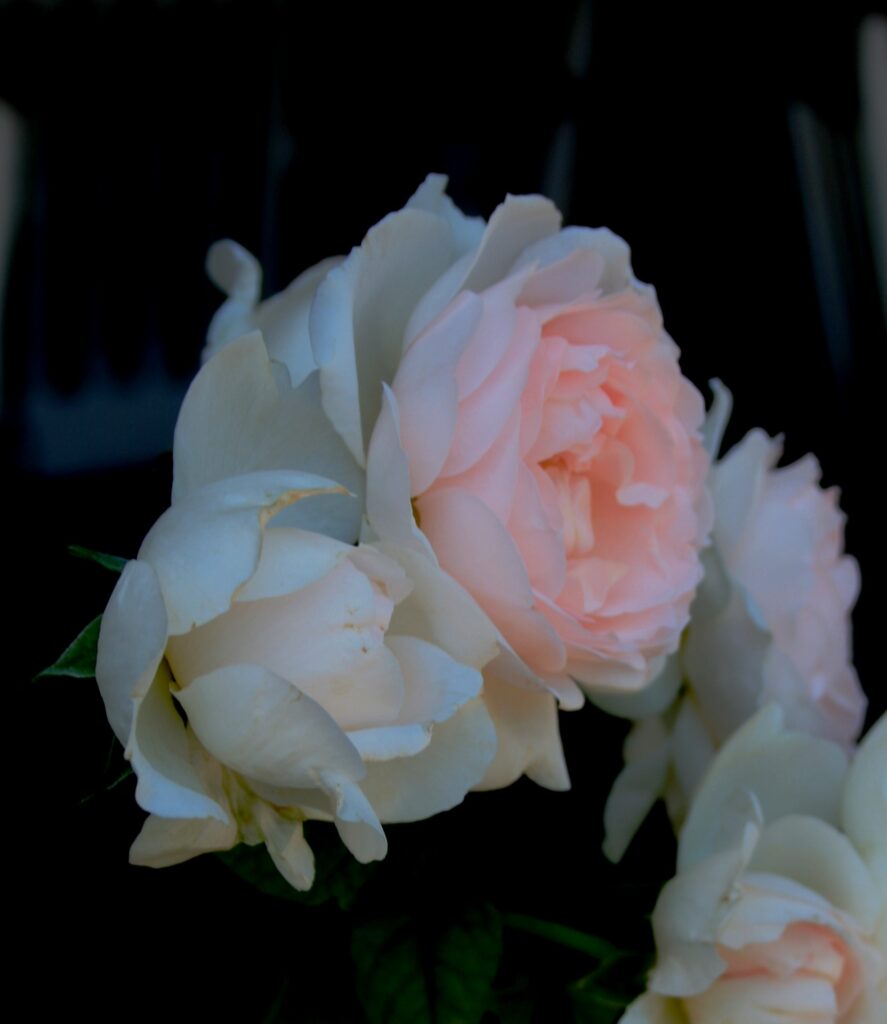
First of all, we encourage you to come on out to Metamorphosis, our New Year’s Eve gathering and benefit show for the Revolutionary Association of Women of Afghanistan and Sacramento’s Take Back the Night. This will take place in downtown Davis, CA, at 2pm in the fellowship hall of Davis Lutheran Church (all are welcome, we’re simply using their room as a community space). 4pm Pacific time is midnight Greenwich Mean Time so we can count down to midnight.
The theme “Metamorphosis” refers to having people there from different generations to speak and read and learn from each other, challenging us to honor the wisdom of our parents and ancestors while incorporating the best of the world’s new ideas in a thoughtful “metamorphosis.” We’ve got comedian Nicole Eichenberg, musicians Avery Burke and Joseph Menke, and others on board as well as speakers from different generations.
Second, our friend and collaborator Rui Carvalho has announced our Nature Writing Contest for 2022. This is an invitation to submit poems and short stories related to trees, water, and nature conservation between now and the March 2023 deadline. More information and submission instructions here!
This month, our issue focuses on themes of strength and vulnerability.
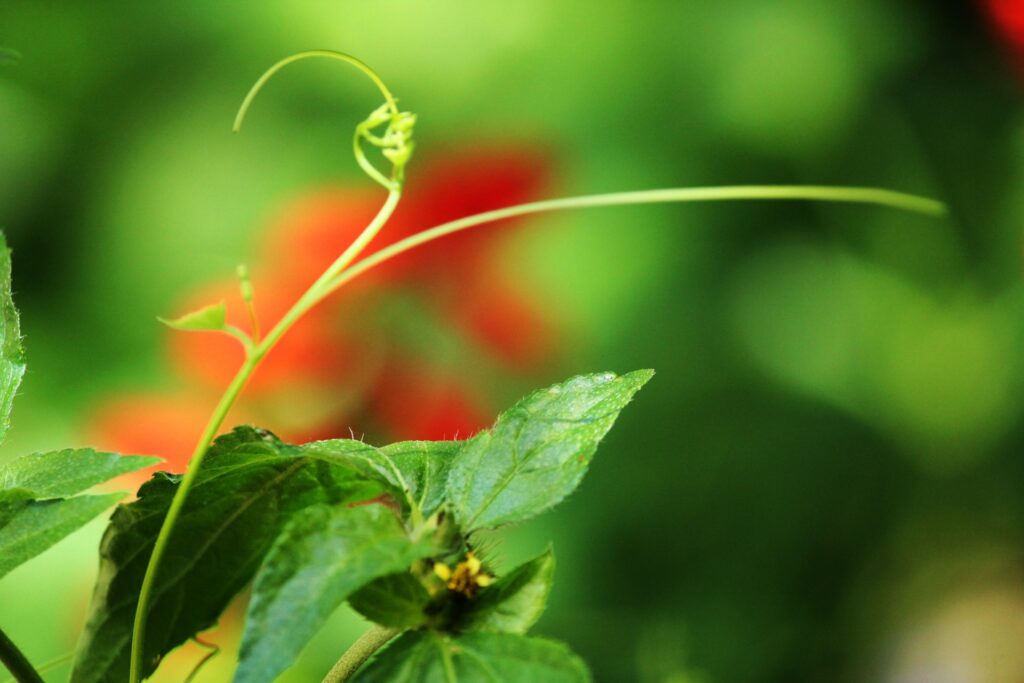
Sreya Sarkar’s piece exemplifies this theme, comparing women protesting for change in Iran to the tendrils of a vine. While tendrils may look weak, they can eventually tear apart greater structures and claim a space.
Many other contributors draw upon nature for inspiration.
Channie Greenberg photographs staircases in different locations, many of which are becoming overgrown and reclaimed by plant life. J.D. Nelson creates small poetic snapshots of natural scenes.
John Culp probes the nature of love and intimacy through sharing his feelings about a rose in a vase on his windowsill. Mesfakus Salahin plumbs the depths of human emotion and bodies of water. Debarati Sen poetizes about poetry through floral metaphors while observing the change of seasons into fall.
John Grey writes of love and nature and incorporates modern science and climate change into old style pastoral poetry. Jim Force interposes haiku onto photographs of cracks in the sidewalk, places where the vulnerability of physical materials shows through despite our intent in their construction.
J.D. DeHart writes of nature, virtual reality, and his quest to figure out who he is and how he can most effectively live as a teacher and mentor.
Other pieces are more fanciful, yet still touch on the complexities of our world and our natures.
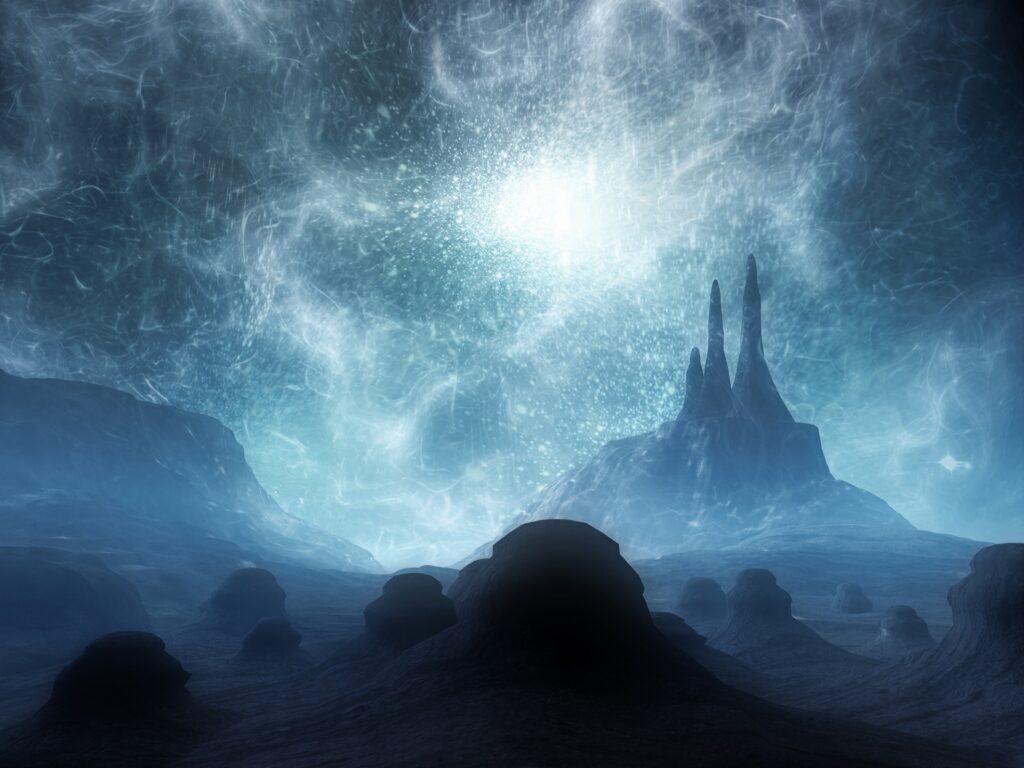
Bill Tope depicts a wild acid trip in psychedelic detail, yet suggests the dreamer is aware is experience is unreal.
Alan Catlin looks to his mysterious and foreboding dreams for inspiration, recollecting a conversation with a recurrent personage. Fernando Sorrentino depicts a friendship between a researcher and a mythical animal, suggesting coexistence with nature.
Nathan Anderson mixes up characters and text on the screen for artistic effect. Christina Chin and Uchechukwu Onyedikam create a collaborative haiku set, playing off each other to build scenes of nature and human culture.
Daniel De Culla’s earthy, risque piece entertains with bawdy humor.
Some pieces address personal and historical grief, loss, and remembrance.
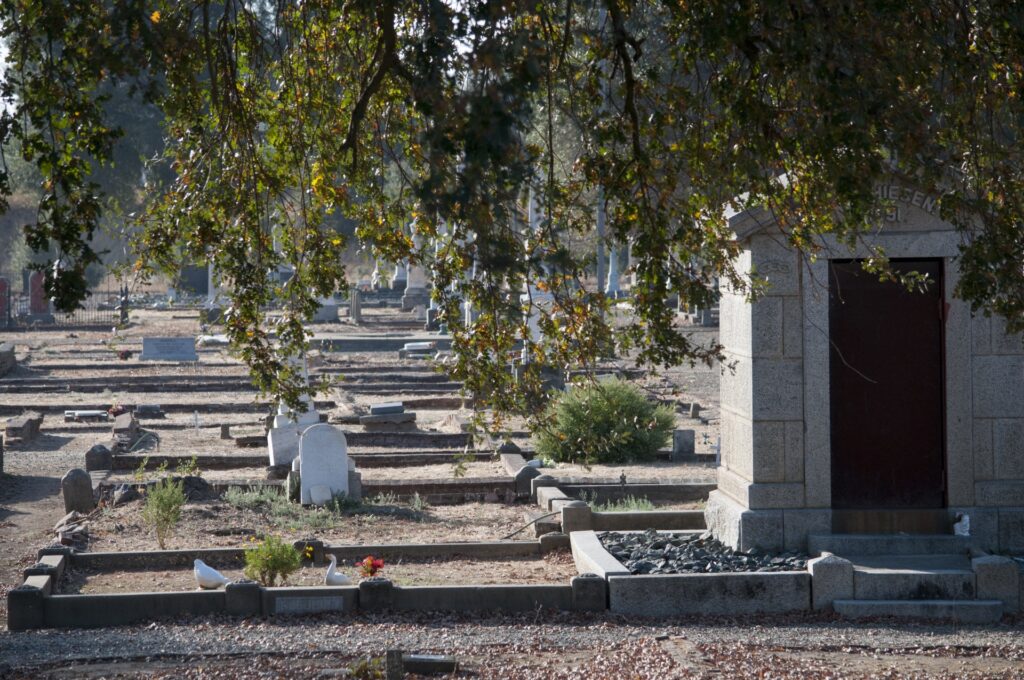
Andrew Cyril MacDonald evokes scenes of mausoleums in his work, structures fading into memory along with their occupants. Naziru Sulaiman mourns his recent ancestors lost to a war of aggression, bringing them back the only way he can, in poetry.
Santiago Burdon presents a brave child who uses logic to confront his parents’ prejudice against Jews. Bill Tope presents a scene of raw suffering in a Nazi concentration camp. Cora Tate relates a tragic tale of a community leader who sought peace only to die from law enforcement brutality.
J.J. Campbell’s poems portray stagnation and the long shadows of trauma. Santiago Burdon shows a drug abuser turning to substances to distract himself from the desolation caused by his addiction.
Chris Butler’s short story highlights the trauma of sexual violence. This act strikes hard enough at the personhood of both victim and perpetrator that it colors their views of everything in the world surrounding them.
Other writers look at the social, emotional and psychological ways we can struggle or find our power.
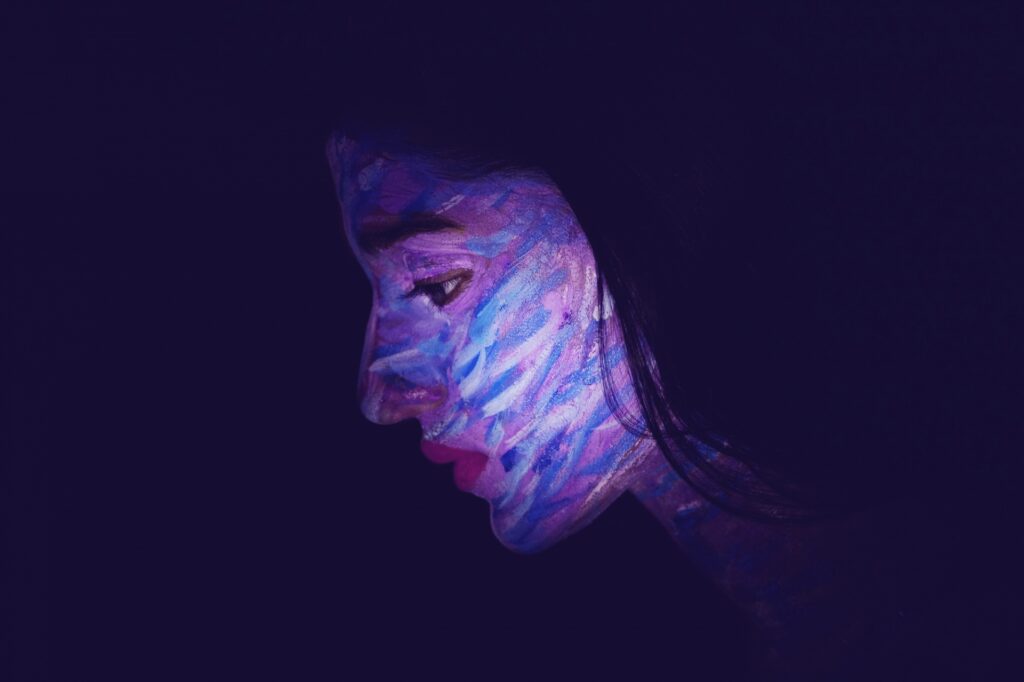
In another piece, Sayani Mukerjee explores the cultural mythos of women as simultaneously beautiful and dangerous in a modern way, using metaphors from human society along with the natural references.
Jaylan Salah critiques our harsh criticism and disgust for women in film or popular culture who have “issues” or public meltdowns. She suggests that feminism has tried so hard to make women appear confident and competent that it has become difficult for women to acknowledge the human weaknesses that make us all real people.
Oona Haskovec wrestles with the human tension between loving our bodies and wanting them to change. Lorelyn Arevalo’s sensual poems convey the physicality of emotion, whether love or self-hatred. Amirah Abdulrahman mourns the limits of poetry to express feelings and change reality.
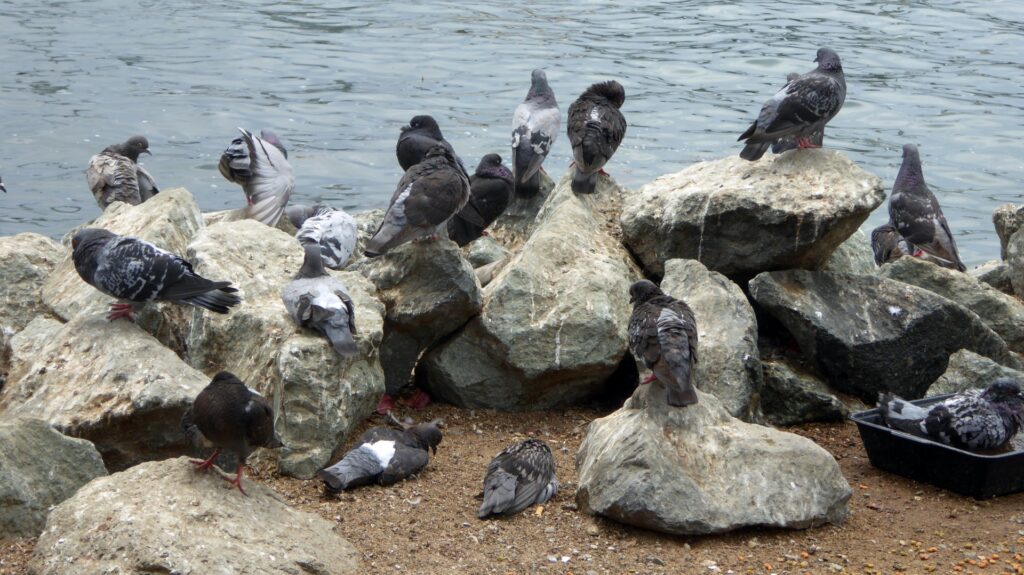
Vyarka Kozareva illuminates the drama hidden within ordinary life: clothing, birthday parties, holiday decorations. Chimezie Ihekuna continues with his semimonthly Christmas countdown.
Chris Daly’s readable, humorous poems about workaday life, taxi driving, and pigeons in San Francisco also capture the everyday, this time as something to enjoy.
We hope this issue will be a source of reflection, growth, and pleasure now and in the weeks to come.
